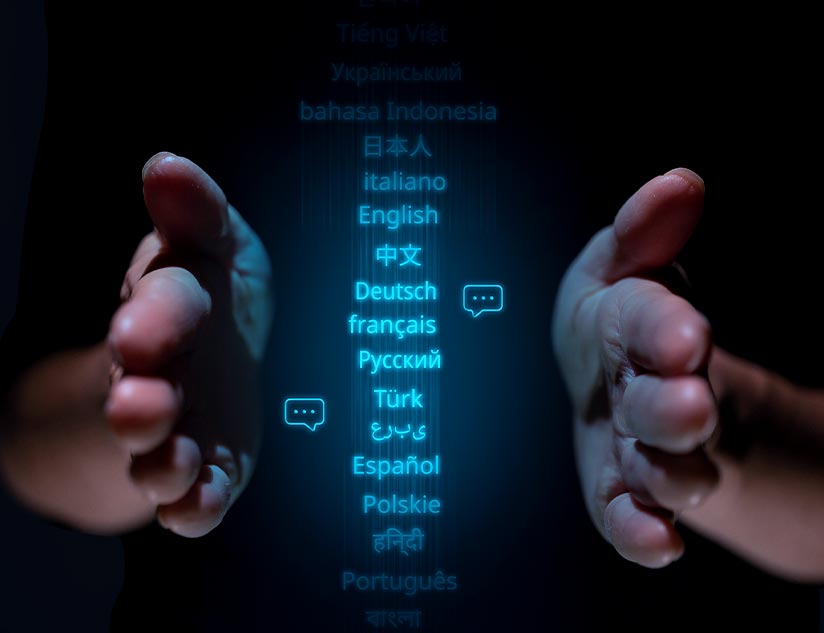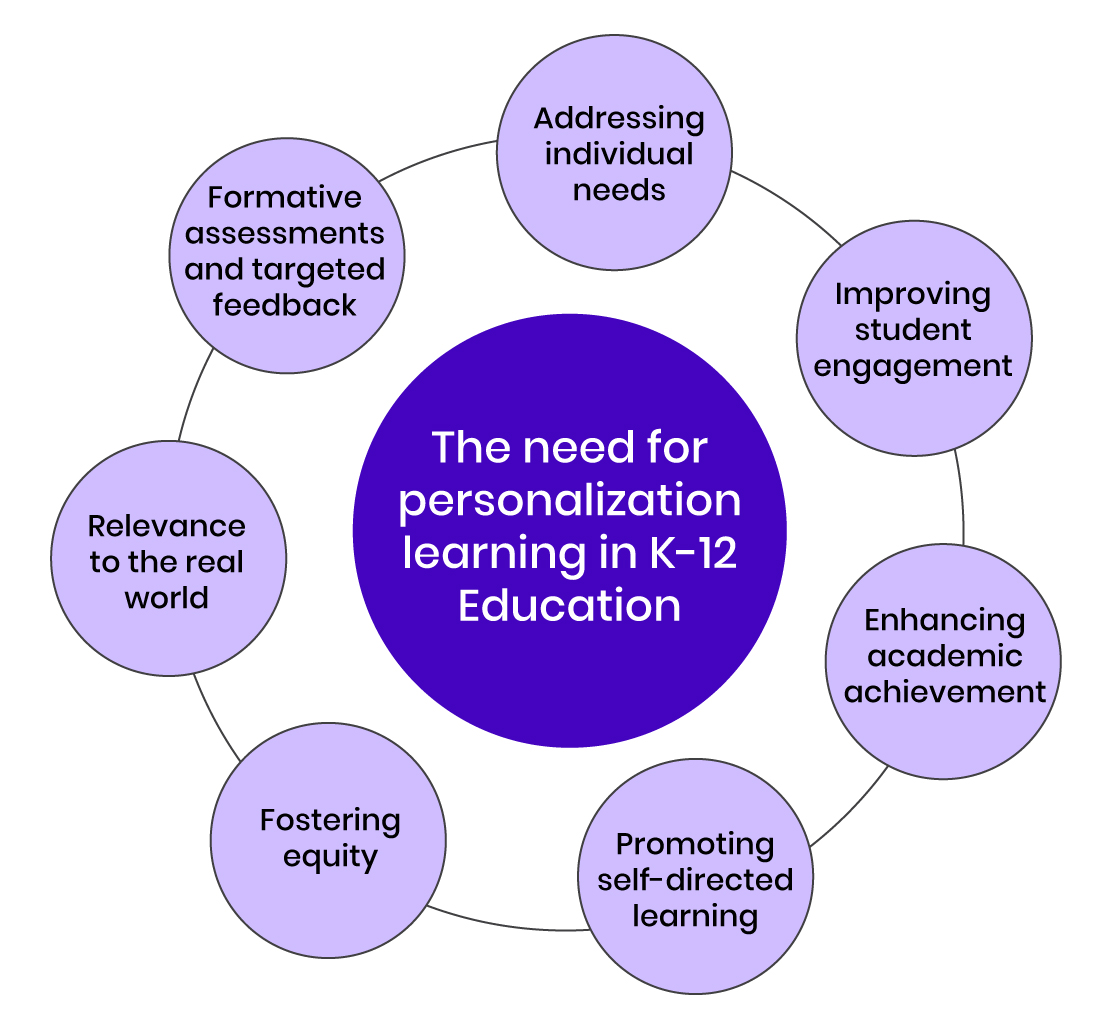Personalization in K-12 education allows students to learn at their own pace, based on their individual strengths, weaknesses, interests, and learning styles and preferences. This leads to increased engagement, improved academic achievement, and a more tailored educational experience that caters to each student’s unique needs, unlike a traditional one-size-fits-all approach. K-12 publishers aiming to cater to students with diverse learning abilities and backgrounds can ensure personalized experiences by adopting powerful multilingual digital learning platforms.
The 2024 Education Focus Report reveals that disengagement and a lack of interest in education (cited by 77% of educators) is a significant challenge in K-12 education, leading to student absenteeism. The way to address this problem is by fostering student-centered learning, which is best delivered through multilingual education solutions, localized content, and inclusive education technology for K-12.
Here’s how multilingual digital learning platforms empower K-12 publishers and educators to cater to diverse student populations.
Understanding Personalized Learning in Multilingual Contexts
Personalized learning customizes educational experiences to meet the needs of individual students. Multilingual digital platforms promote personalized experiences by eliminating language barriers and giving students the flexibility to learn in their preferred language. The 4 core principles of personalized learning include:
- Respecting each student: Every child is unique and has the potential to contribute in their own way.
- Supporting students’ needs: Teachers use customized learning pathways to support students’ unique abilities.
- Empowering students: Students can take control of their learning and stay motivated and engaged.
- Using technology: Technology supports personalization through flexible content and tools, targeted instruction, data-driven decisions, and student ownership.
K-12 publishers can cater to individual learning styles and preferences by enabling personalization opportunities via multilingual education solutions.
Crafting Personalized Learning Paths on Multilingual Digital Platforms
To craft personalized learning paths on multilingual digital learning platforms, first assess individual learner needs and language proficiency. Technology can then be leveraged to dynamically adjust content, pace, and delivery methods based on students’ specific language preferences and learning progress, while ensuring access to diverse learning materials in multiple languages. Adopting inclusive education technology also helps integrate cultural sensitivity into content design.
Key steps to follow while developing multilingual education solutions and localized content for K-12 include:
Gathering Learner Data
Learning data analytics can also be used to identify language proficiency, learning level, and preferred learning methods (visual, auditory, kinesthetic) to tailor content delivery.
Developing Multilingual Content
Use data-driven insights to create a comprehensive content library that includes learning materials in multiple languages and formats, including text, audio, video, and interactive elements. A multilingual digital learning platform can facilitate the creation of relevant and culturally appropriate learning resources. Choose a platform equipped with an AI-powered learning assistant to supports students in their preferred language.
Incorporating Cultural Sensitivity
Create multilingual education solutions with content authoring tools that enable you to contextualize learning with culturally relevant examples . This also helps K-12 publishers localize content with on-demand translation for unfamiliar terms and a multilingual glossary.
Deploying Adaptable Technologies
Leverage AI for data analytics to dynamically suggest appropriate content and learning paths based on each student’s progress and language needs. Difficulty levels can also be adjusted so that the content complexity can be adapted to the learner’s proficiency level. AI-powered digital learning platforms also facilitate personalized education through real-time feedback on assessments.
The Role of Curriculum Flexibility in Multilingual Learning Platforms
Curriculum flexibility enables K-12 publishers to cater to diverse linguistic needs, promoting inclusivity and maximizing the effectiveness of learning experiences. This, in turn, enhances accessibility, cutting through language barriers. Curriculum flexibility can be implemented through multilingual glossaries, audio and video recordings in various languages, and tools that allow learners to translate unfamiliar words or phrases directly on the platform.
Expanding Reach and Accessibility
For K-12 publishers, multilingual learning platforms drive increased accessibility, improved academic outcomes, broader market reach, cultural awareness promotion, and enhanced cognitive development, ultimately leading to a more inclusive and effective educational experience.
Global Market Expansion
Multilingual platforms open up a wider global market, increasing the potential customer base and market reach.
Improved Academic Performance
Research shows that students who learn in multiple languages tend to perform better academically, demonstrating improved cognitive skills like problem-solving, critical thinking, and memory.
Enhanced Cultural Sensitivity
Exposure to different languages fosters cultural awareness and appreciation for diverse perspectives.
Family Engagement
Multilingual materials facilitate greater involvement from parents and guardians in their children’s education.
Teacher Support
Platforms can provide teachers with tools and resources to effectively support multilingual learners in their classrooms.
Integrating Multilingual Capabilities
Multilingual digital learning platforms are powerful partners for K-12 publishers to offer flexible, personalized learning, and inclusive education technology. This helps drive success for both educational institutions and students, promoting adoption across a wider market. MagicBox™ is a digital content creation and distribution platform that eases the creation of multilingual educational solutions. Speak to our team to learn how we can support you in ensuring equity in education and enhancing your reach.


















